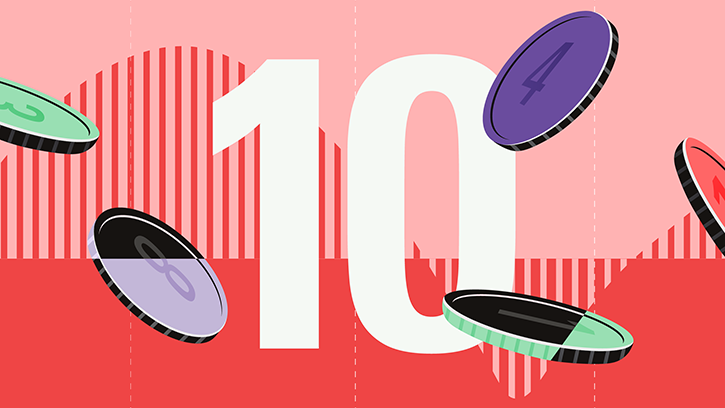
For three decades, bond markets rallied. Rates fell, prices rose, and bond fund managers rejoiced. But recently, the tide has turned. The Federal Reserve and the Bank of England are raising interest rates, quantitative easing is being wound down.
Many bond fund managers are being tested for the first time in their careers. While most equity fund managers have invested through a market cycle, the same cannot be said of fixed income investors.
But there are some heavy-weights with experience to weather the coming storm. M&G Investments’ Richard Woolnough is one such example.
Woolnough runs £30 billion over three mandates for M&G. The main chunk of that pool of assets comes from his go-anywhere Morningstar Silver Rated M&G Optimal Income fund, which, at £23.5 billion, is currently the largest offering in the UK.
In a world of record low – or even negative – Government bond yields and a potential changing in the negative correlation of bond and equity markets – investors have flocked to the fund. Between December 2016 and May 2018, investors pumped almost £7.5 billion into the fund, according to Morningstar Direct data.
While £370 million of that was withdrawn in June and July, the fund is still growing strong, after what was a remarkable turn of fortunes. Between April 2015 and November 2016, £11 billion was withdrawn.
How Has Woolnough Fared?
Optimal Income has been the best performing of Woolnough’s stable, but it is a difficult fund to compare against a passive offering due to its go-anywhere nature and ability to allocate up to 20% to equities.
While we could use the Gold Rated Vanguard LifeStrategy 20% Equity tracker fund, Woolnough’s weighting towards equities generally tends to be around 5%. Currently it is just 2%. So it would be an unfair comparison.
Therefore, we have taken his fellow Silver Rated M&G Corporate Bond fund, which, at £3.7 billion, is his second-largest fund. The comparison is with the Bronze Rated iShares Corporate Bond Index tracker fund.
As the iShares fund was launched in 2010 and Woolnough has been running the M&G fund since 2004, a quick note on his overall performance. Since he was named as manager in February of that year, Woolnough has turned an initial investment of £10,000 into £25,470. That’s well ahead of the Investment Association £ Corporate Bond sector’s £19,270.
But since 2010, performance is markedly different. M&G Corporate Bond has returned 57%. While he is ahead of its sector’s 51.5%, the iShares offering has gained 55.7% in that time – not far behind Woolnough.
Over the past three and five years, however, the tracker fund, returning 15.87% and 32.7% respectively, has beaten Woolnough’s, up 15.16% and 31.2% respectively.
On an annual basis, it is fairly even. In the seven full calendar years between 2011 and 2017, Woolnough comes out on top on three occasions, most notably in 2011 when he returned 10.5% compared to 7%.
That, therefore, means that iShares beat M&G on four occasions, with 2016 being the biggest margin in its favour at 11% versus 9.5%. In the year-to-date, the latter is leading, having lost 0.26% compared to Woolnough’s 0.69%.
Of course, as ever, there are many considerations to take into account when deciding whether to plump for an active or a passive fund. Fees are big part of this, and that is particularly so in fixed income.
Certainly, the difference in the ongoing charges of both the M&G fund and the iShares one stands at 50 basis points.
Diversification also plays a part, with the M&G fund having half the holdings that the tracker fund does, but this can prove a boon in a market downturn as avoiding losses is just an important as picking winners.
Investors should also note that the next 10 years is likely to look very different to the past decade for fixed income markets, and good active fund managers earn their fee in market downturns.
































